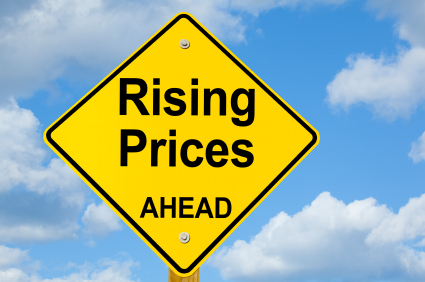BGE Commercial Customers Selecting a Competitive Supplier Can Expect Immediate Savings
Baltimore Gas & Electric (BGE) Commercial Customers looking to shop around for competitive electric rates can expect a lower electric bill upon choosing a competitive supplier. The deregulation of the electricity market in Maryland is opening the doors for competitive suppliers to offer lower rates than a BGE commercial customer can expect to receive from the Standard Offer Service. The BGE Standard Offer Service (SOS) is the alternative electricity supplier chosen by BGE that provides standard services to those who have not selected a competitive supplier. The commercial rates provided by the SOS can be set up to a year in advance so BGE customers looking to lock in a fixed rate from a competitive supplier can be shown guaranteed savings.
Current market conditions show a favorable percentage of savings for Maryland electricity commercial customers electing to select a competitive supplier. Depending on load factor and other variables a typical business can expect to save 8-20%. Fixed rate options are often the best choice for companies looking to minimize risk. Some suppliers will offer a low introductory variable rate only to increase the rate the following month. It is important to compare and review the terms and conditions carefully before selecting a competitive supplier. A good database to start comparing supplier’s rates and terms for BGE commercial customers is Electricrate.com.
Deregulating the electricity market in Maryland is proving to be a cost effective way for businesses to save money and approve their bottom line. Electricity rates have a history of being volatile so taking advantage of these low rates while market conditions are favorable may be a wise choice. The number of commercial accounts switching from the SOS to a competitive supplier is expected to grow in the coming years as businesses become more aware of energy choice.
Compare competitive offers below by selecting your utility and monthly electric bill amount. All offers are provided by electricity suppliers who have been licensed by the Maryland Public Utility Commission.


